Recommended for families with children: 7 popular museums and art galleries to visit in Osaka
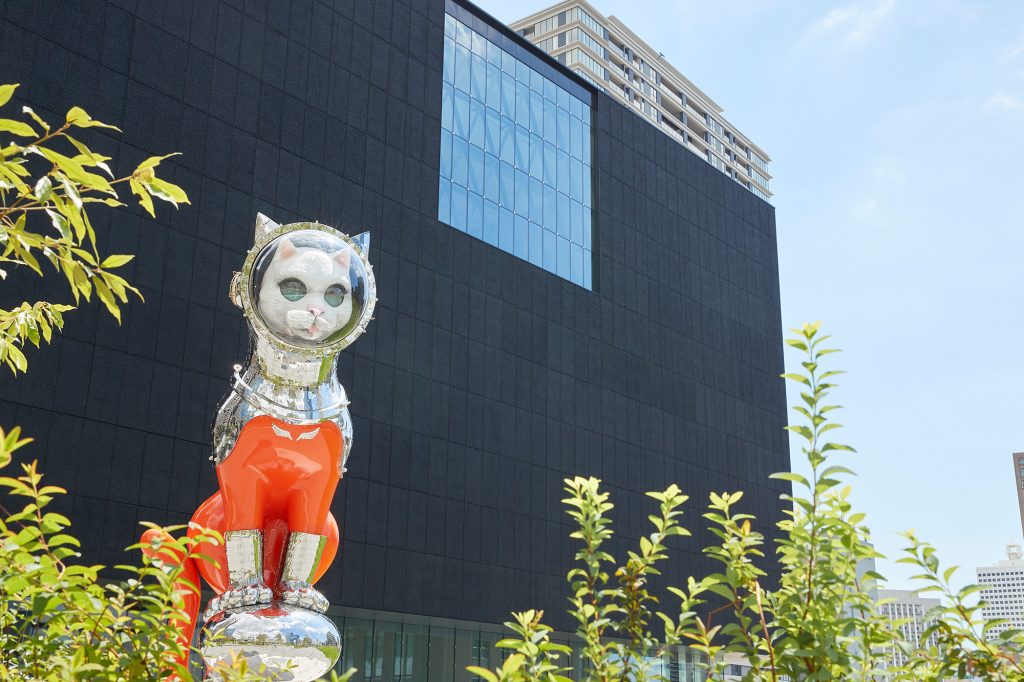
In Osaka, there are Cup Noodles, Glico, and Duskin.、In addition to museums where you can experience the appeal of Osaka-based companies, there are many cultural Property worth seeing, such as art museums that have been the talk of the town for their architecture and renovations, and museums and science museums with world-class collections and equipment.Here we introduce some recommended museums and art galleries that you should visit at least once when you come to Osaka.
*Click here for recommended sightseeing spots in Osaka, both classic and hidden gems
Hokusetsu (Toyonaka, Ikeda, Takatsuki) area
Osaka Kita (Around Osaka, Umeda and Shin-Osaka)
Osaka Minami (Shinsaibashi, Dotonbori, Namba, Shin-Imamiya area)
Hokusetsu (Toyonaka, Ikeda, Takatsuki) area
1Cup Noodle Museum Osaka Ikeda
The moving story behind the birth of the world's first instant ramen
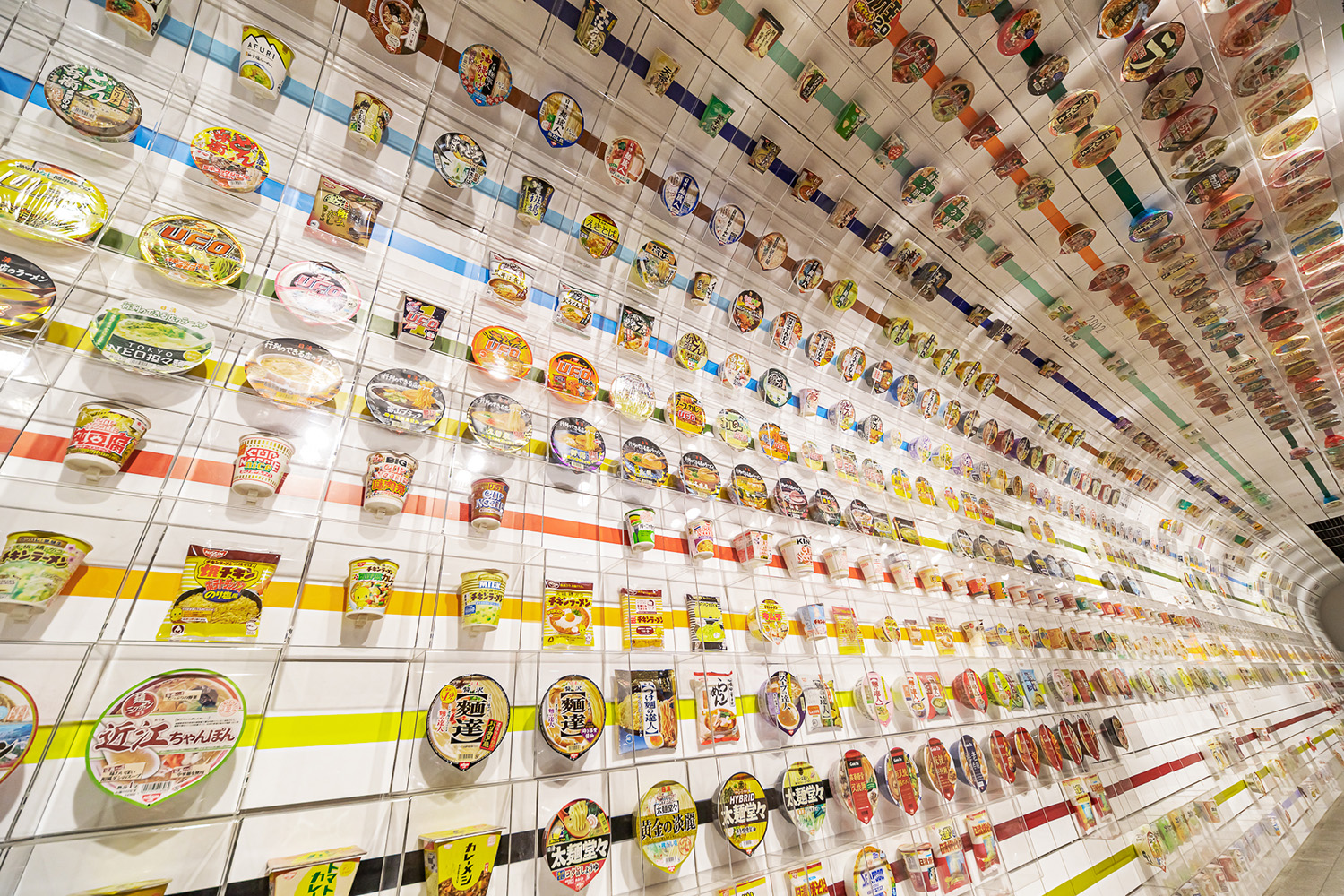
"Chicken Ramen" is the world's first instant ramen, which was created in Ikeda, Osaka in 1958 (Showa 33). The museum, built at the birthplace of Chicken Ramen, follows the path of its inventor, Momofuku Ando, founder of Nissin Food Products, through exhibits of the research shed used at the time of development and a theater showcasing the story of how Cup Noodles was invented.
The "Instant Ramen Tunnel" on the first floor is lined with approximately 800 different types of packaging from past and present, making it an impressive photogenic spot.
Make your own original "Cup Noodles"

After learning about the creative story behind the creation of Cup Noodles, including the development of the container and creative ways to put the noodles in, through the "Cup Noodle Drama Theater," you can then make your own original Cup Noodles at the "My Cup Noodle Factory."PreparedWith penexclusiveIn a cuponeselfYou design it, choose one of four soup types, and four toppings from 12 options, resulting in 5,460 possible flavor combinations.Place the cup over the noodles upside downYou can also see up close the incredible process of making Cup Noodles, such as setting the cups and wrapping them in film.

- Cup Noodle Museum Osaka Ikeda
-
 https://www.cupnoodles-museum.jp/ja/osaka_ikeda/
https://www.cupnoodles-museum.jp/ja/osaka_ikeda/ 8-25 Masumicho, Ikeda City, Osaka Prefecture MAP
8-25 Masumicho, Ikeda City, Osaka Prefecture MAP
 About 5 minutes walk from Hankyu Ikeda Station
About 5 minutes walk from Hankyu Ikeda Station 9:30-16:30 (last entry 15:30)
9:30-16:30 (last entry 15:30) Tuesdays (open on national holidays, closed the following day), New Year's holidays
Tuesdays (open on national holidays, closed the following day), New Year's holidays Admission is free
Admission is free
My Cup Noodle Factory: 500 yen per meal
Chicken Ramen Factory: Elementary school students 600 yen, middle school students and above 1,000 yen 072-752-3484
072-752-3484
072-751-0825 (Reservation only) *Both phone lines are open from 9:00 to 16:30, excluding closed days Paid (300 yen per 60 minutes)
Paid (300 yen per 60 minutes) No reservation is required for My Cup Noodle Factory, but reservations are required for Chicken Ramen Factory (reservations accepted 3 months prior to the desired Experience date)
No reservation is required for My Cup Noodle Factory, but reservations are required for Chicken Ramen Factory (reservations accepted 3 months prior to the desired Experience date)
2National Museum of Ethnology
Enjoy a trip around the world at one of the world's largest ethnographic museums
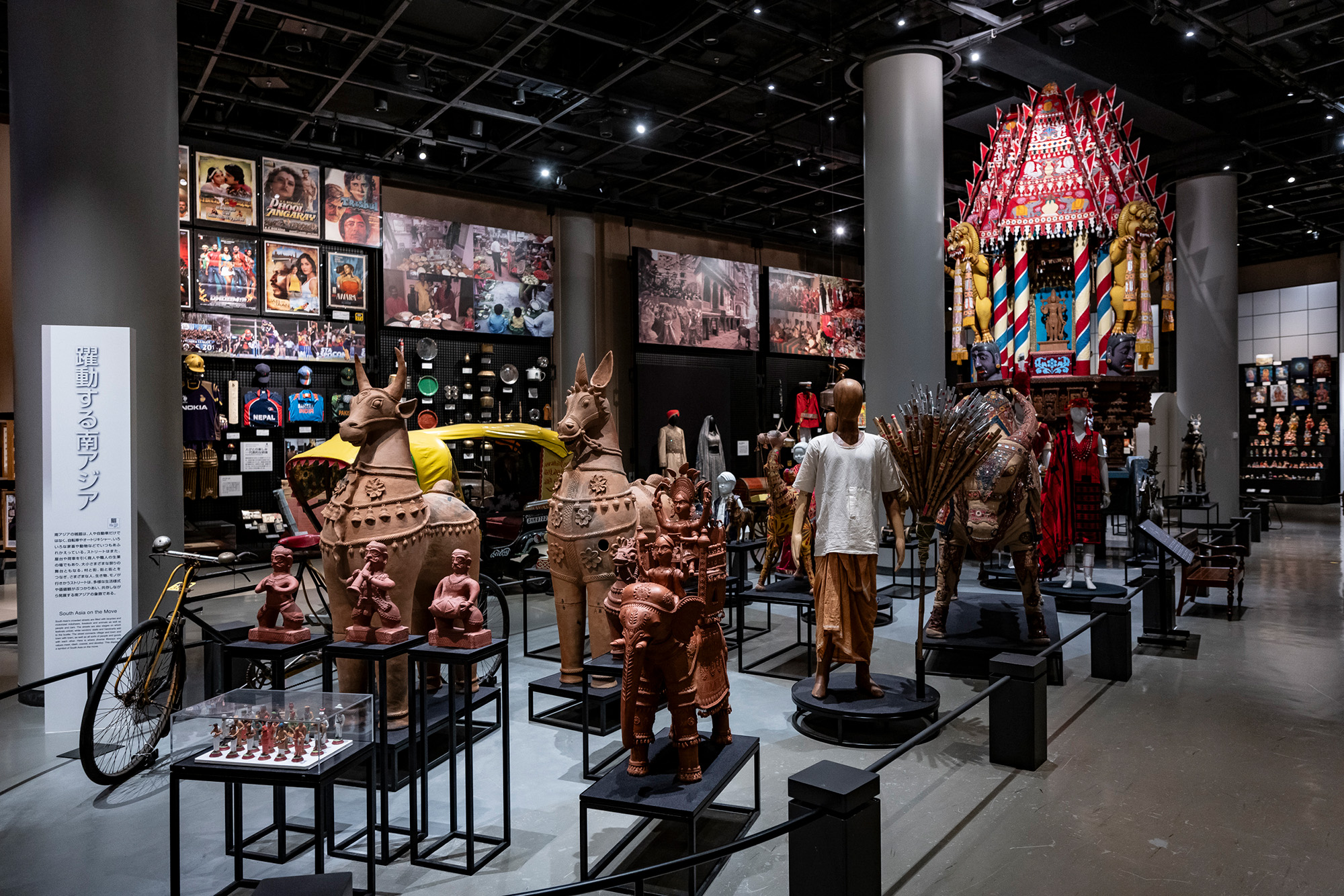
Located inside Expo '70 Commemorative Park, this is one of the world's largest museums with a focus on cultural anthropology and ethnology. It also has a research institute and houses about 340,000 items, including everyday items from around the world since the second half of the 20th century, that researchers have collected during field work, with about 12,000 of these items on display. The exhibition rooms continue from Oceania to America, Europe, Africa, Asia, and Japan, making it feel like you're traveling around the world. Some of the exhibits were made together with local people, and some raise awareness of issues for visitors. You can also learn about cultures that have disappeared, including tools, buildings, songs, and dances.
Don't miss the giant mask exhibit made by researchers who learned about it in Zambia
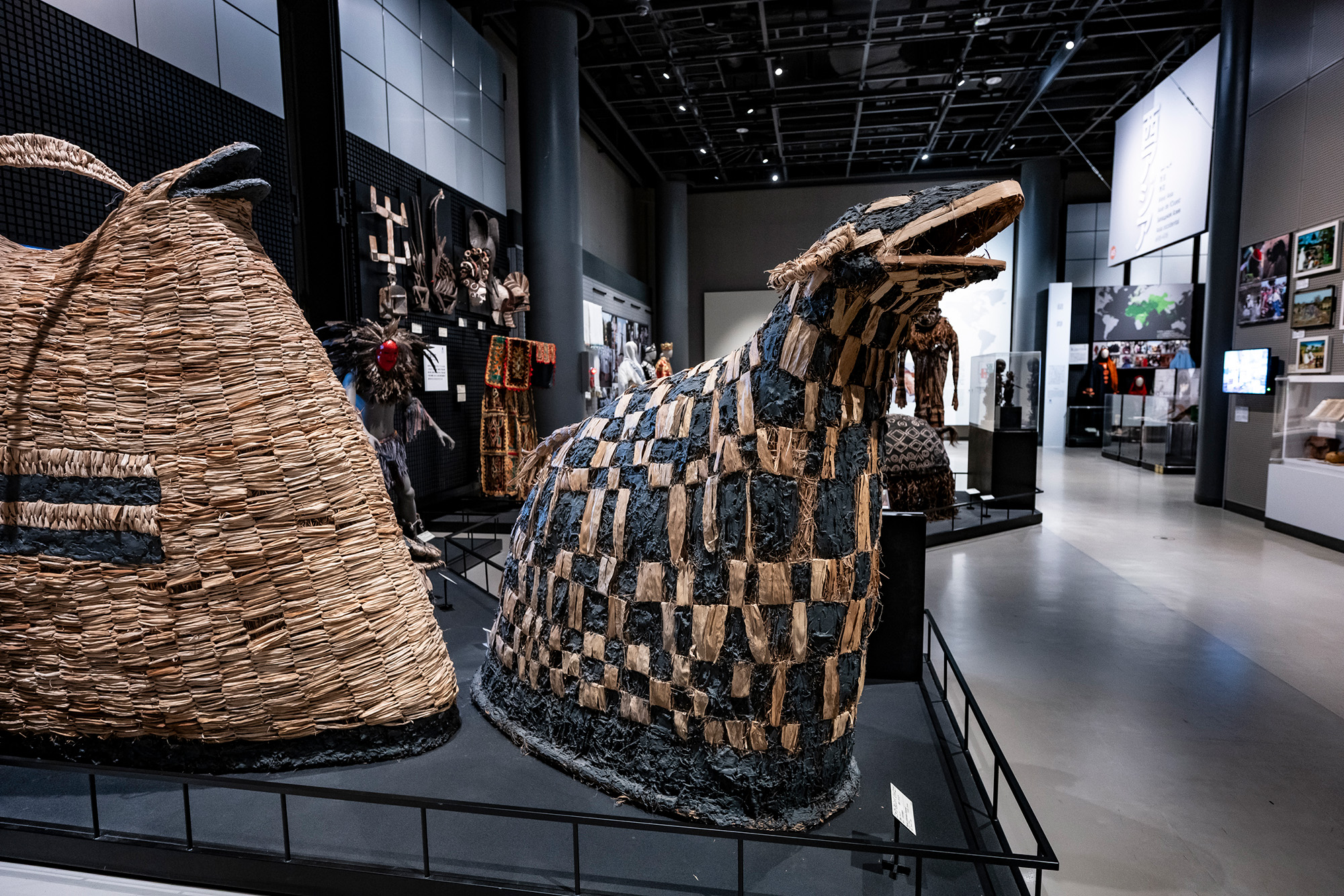
The featured exhibit is by Kenji YoshidabeforeThe director himself goes to Zambia, AfricaLiving ChewaofPeople'sMasked Society"Meow."After studying there, he created a giant head-wearing mask called "Nyau Yolemba" after returning to Japan. It is used in ceremonies to mark the end of mourning, and a video showing the ceremony, which represents communication with the other world, is displayed next to the exhibit.
Other exhibits include a heartfelt account of the journey of one refugee woman, a powerful video of the seal hunt in Alaska, and a video of the late Taro Okamoto.At the suggestion ofThere are many captivating exhibits, including the "Wracked Drum" from the Republic of Vanuatu, which was collected for the 1970 Osaka Expo.
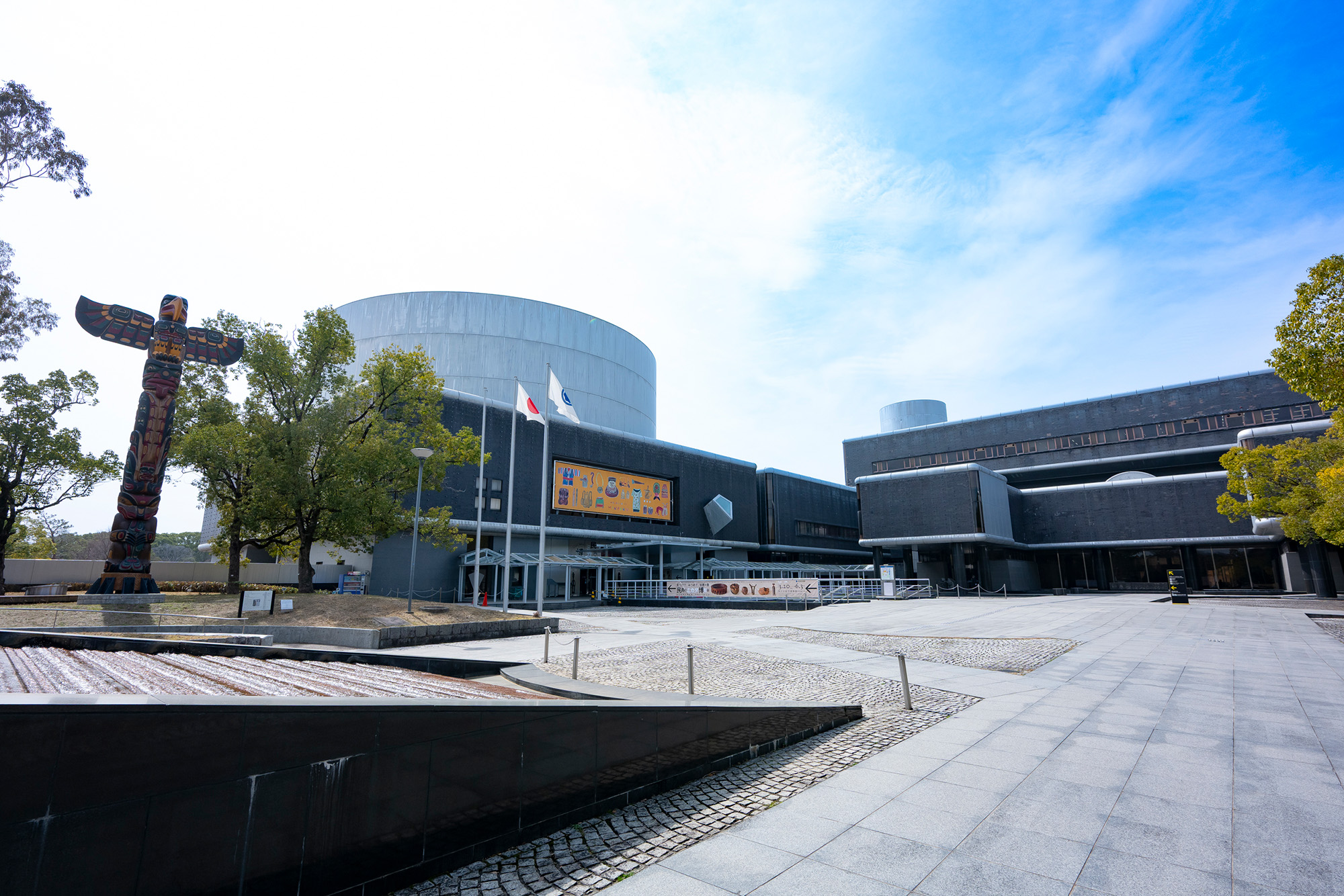
- National Museum of Ethnology
-
 https://www.minpaku.ac.jp
https://www.minpaku.ac.jp 10-1 Senri Expo Park, Suita City, Osaka Prefecture MAP
10-1 Senri Expo Park, Suita City, Osaka Prefecture MAP
 Approximately 15 minutes walk from Osaka Monorail Banpakukinenkoen Station or Koen Higashiguchi Station
Approximately 15 minutes walk from Osaka Monorail Banpakukinenkoen Station or Koen Higashiguchi Station 10:00-17:00 (last entry 16:30)
10:00-17:00 (last entry 16:30) Wednesdays (open on public holidays, closed the following weekday)
Wednesdays (open on public holidays, closed the following weekday) Adults: 580 yen, university students: 250 yen (from June 19, 2025, adults: 780 yen, university students: 340 yen), high school students and younger: free
Adults: 580 yen, university students: 250 yen (from June 19, 2025, adults: 780 yen, university students: 340 yen), high school students and younger: free 06-6876-2151(代表)
06-6876-2151(代表) Parking is available at Expo Commemoration Park (410 yen for up to 2 hours, 610 yen on Saturdays, Sundays, and public holidays)
Parking is available at Expo Commemoration Park (410 yen for up to 2 hours, 610 yen on Saturdays, Sundays, and public holidays) If you purchase a ticket at each gate of the Expo Commemoration Park, you can enter the park for free. High school students and younger should tell the National Museum of Ethnology at each gate of the park that they are going to receive a pass. If you visit the Expo Commemoration Park, you will need to pay the park's admission fee.
If you purchase a ticket at each gate of the Expo Commemoration Park, you can enter the park for free. High school students and younger should tell the National Museum of Ethnology at each gate of the park that they are going to receive a pass. If you visit the Expo Commemoration Park, you will need to pay the park's admission fee.
Osaka Kita (Around Osaka, Umeda and Shin-Osaka)
3Duskin Museum
Delicious and educational! "Mister Donut" and "Duskin" museums
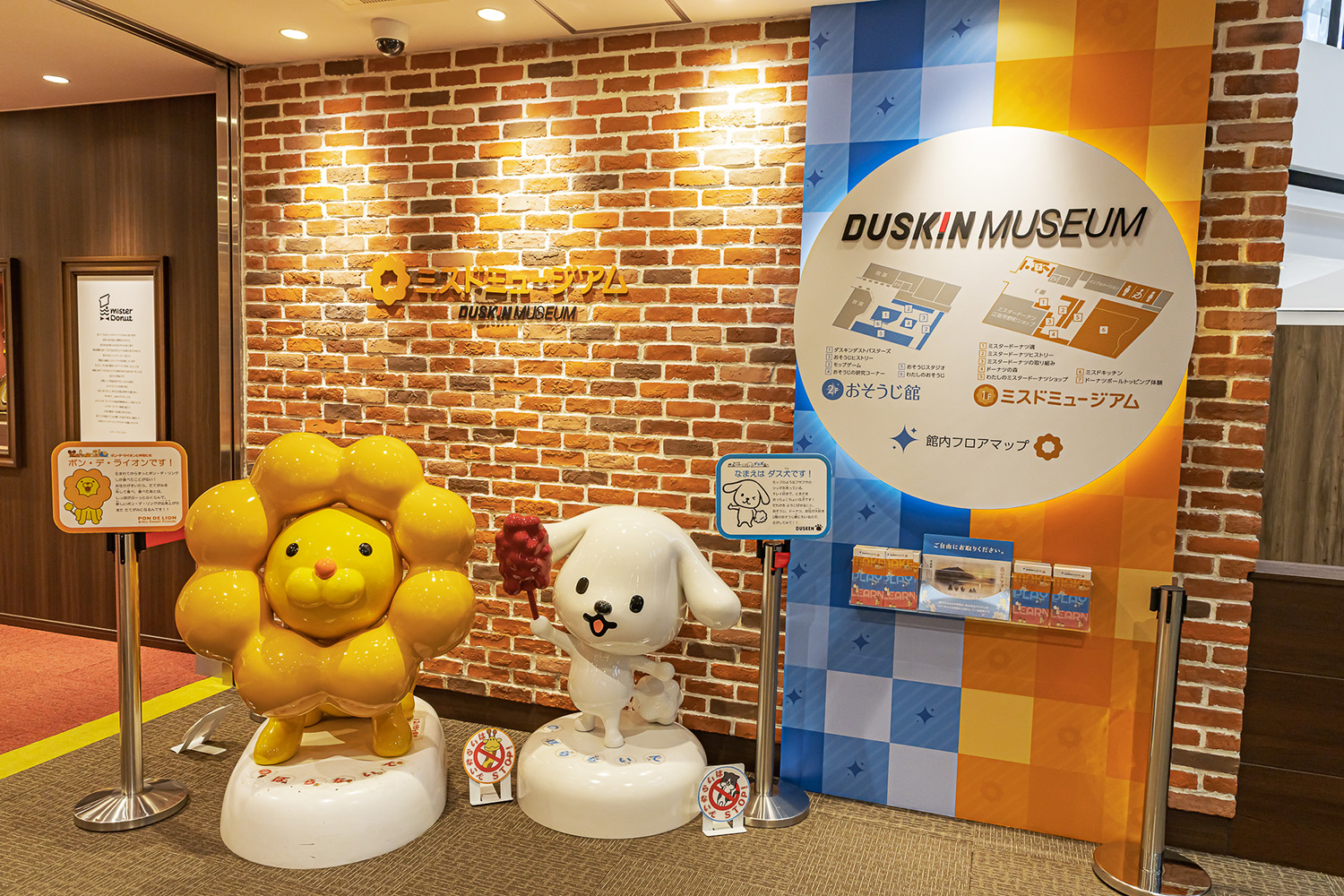
Duskin, which has established a new cleaning culture with its chemical cleaning cloths and mops, introduced the American chain Mister Donut in Japan in 1971.ExpandIn commemoration of the 50th anniversary of Duskin's founding,、2015The Duskin Museum, which opened in 2011, consists of the Mister Donut Museum on the first floor and the Cleaning Museum on the second floor, where visitors can learn about the history of Mister Donut and the secrets behind its deliciousness, as well as cleaning tools andEfficientThey can even learn how to clean while having fun.
Try your hand Experience making donuts at Mister Donut Kitchen
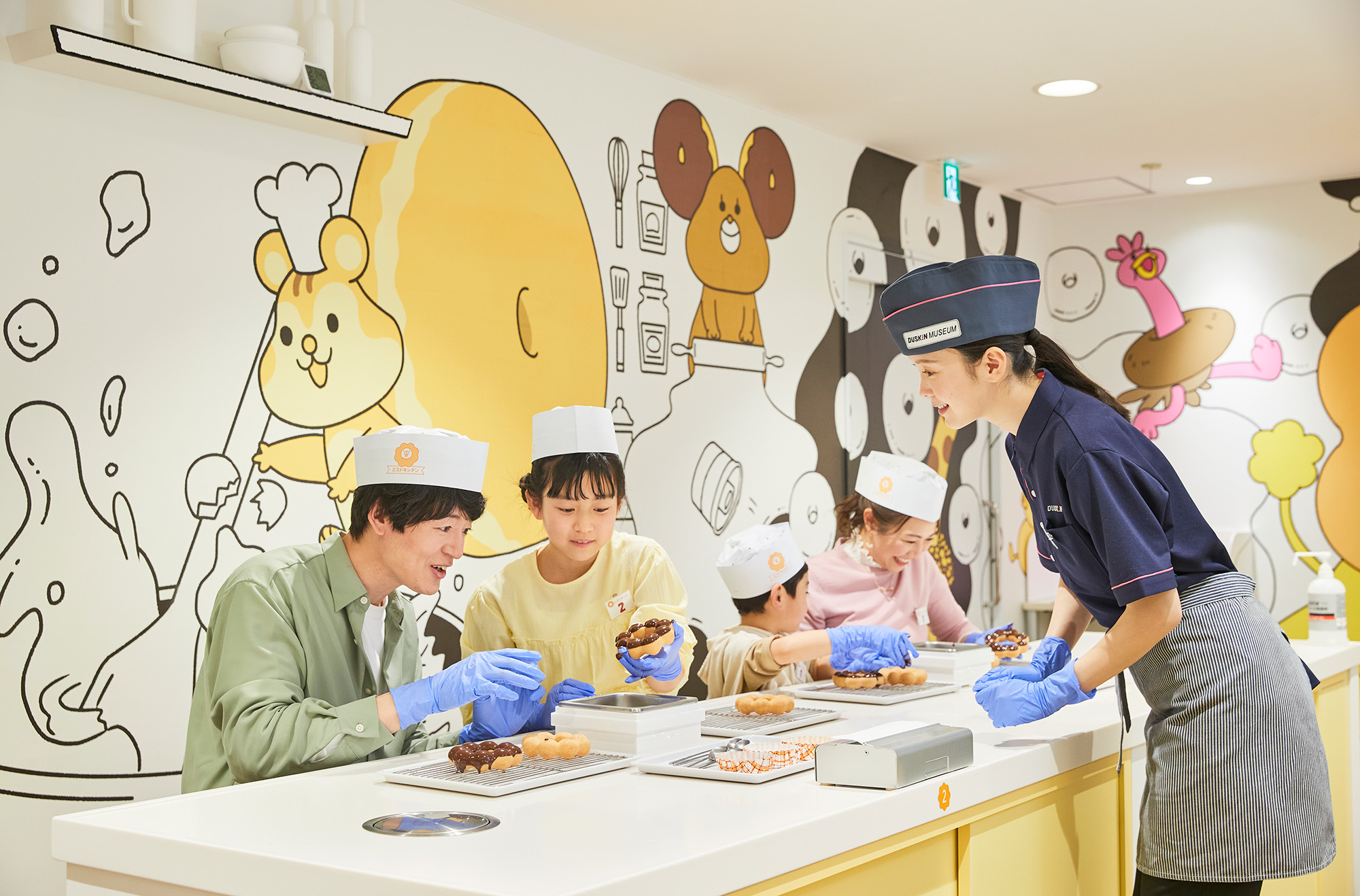
The most popular experience is the "Donut Making Experience" at "Mister Donut Kitchen" (Advance application lottery system). The dough was stretched and cut into shapes.Ri, DoYou can Experience decorating doughnuts.You can only experience this hereFreshly fried donutsYou can sample theIt's incredibly delicious.
If you want Experience easily on the day, we recommend the "Donut Ball Topping Experience." Choose three bite-sized round donuts,Topped with chocolate etc., and create your own original donut.
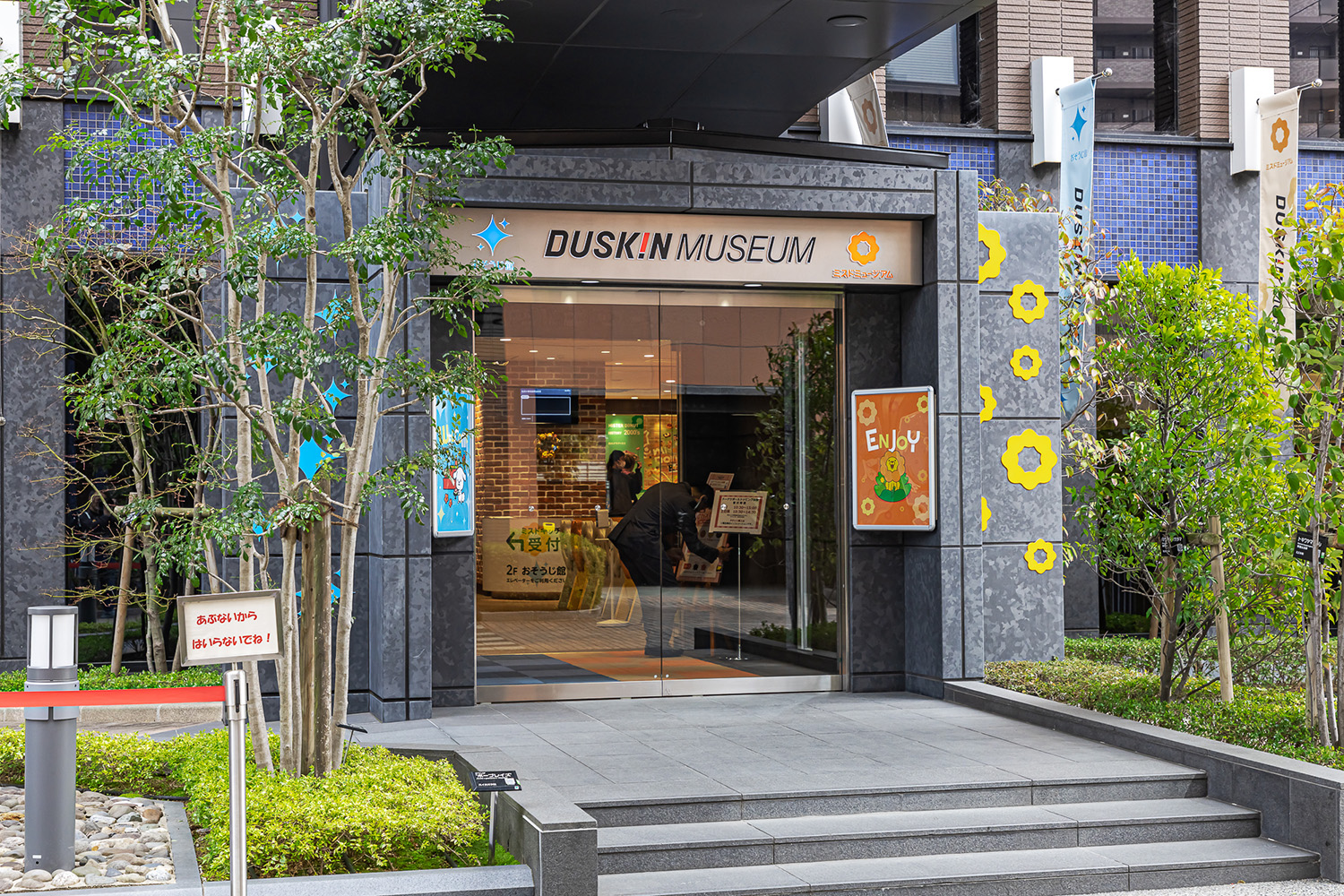
- Duskin Museum
-
 https://www.duskin-museum.jp
https://www.duskin-museum.jp 5-32 Yoshinocho, Suita City, Osaka Prefecture MAP
5-32 Yoshinocho, Suita City, Osaka Prefecture MAP
 Approximately 10 minutes on foot from Osaka Metro Kita-Osaka Kyuko Esaka Station
Approximately 10 minutes on foot from Osaka Metro Kita-Osaka Kyuko Esaka Station 10:00-16:00 (last entry 15:30)
10:00-16:00 (last entry 15:30) Mondays (open on public holidays, closed the following weekday)
Mondays (open on public holidays, closed the following weekday) Admission is free
Admission is free 06-6821-5000(10:00~16:00、休館日を除く)
06-6821-5000(10:00~16:00、休館日を除く) None
None Donut ball topping Experience: 10:30-15:00 (Saturdays, Sundays, and holidays until 14:30, may finish earlier), 300 yen per set, same-day registration
Donut ball topping Experience: 10:30-15:00 (Saturdays, Sundays, and holidays until 14:30, may finish earlier), 300 yen per set, same-day registration
Mister Donut Kitchen Donut Making Experience: 1st session 10:15-11:45, 2nd session 14:00-15:30, 1,800 yen per group, reservation required
4Esaki Memorial Hall
Telling the story of the birth of the nutritional snack "Glico" and its history
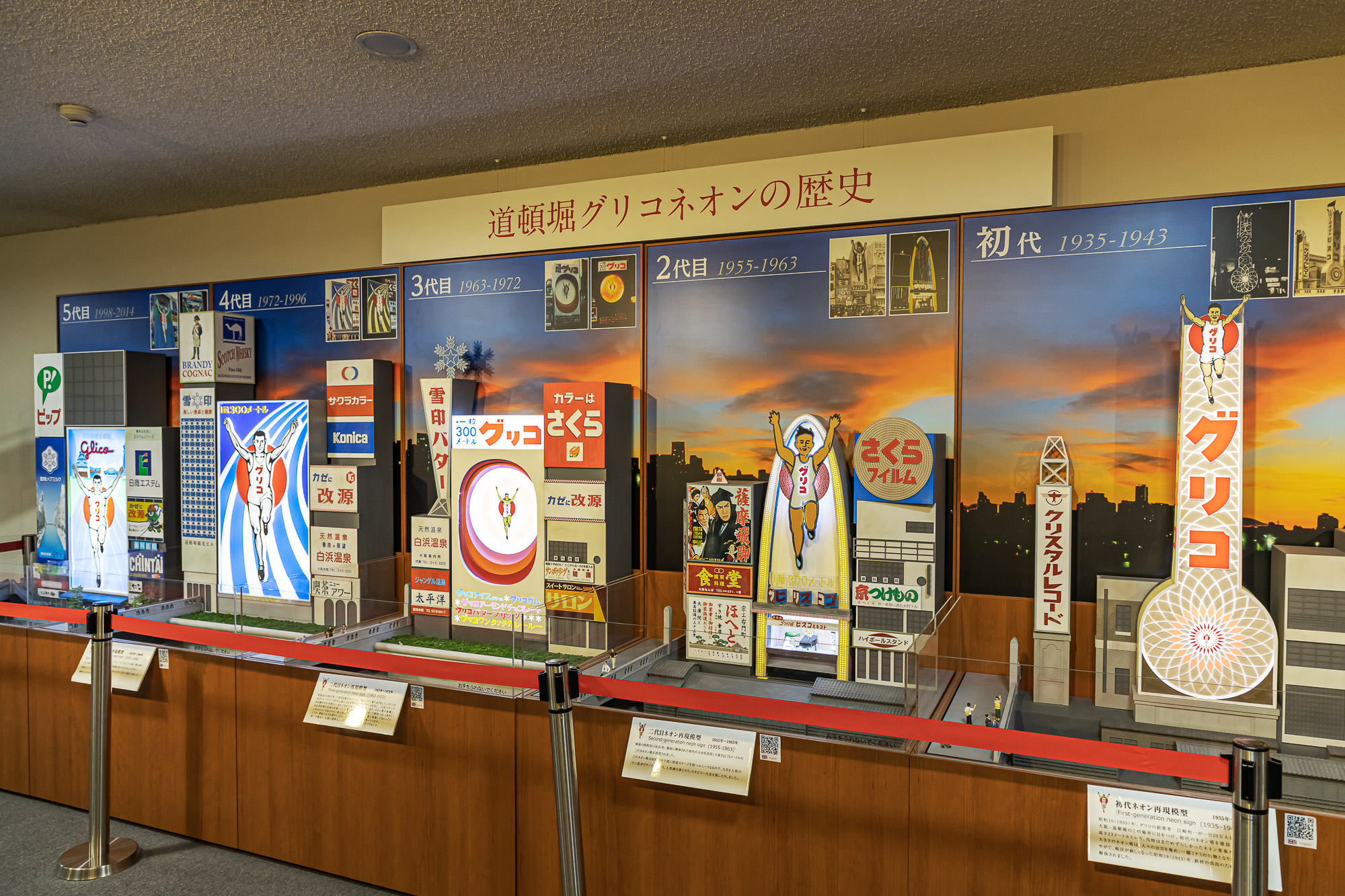
Ezaki Glico was founded in 1922 (Taisho 11). Since the launch of "Glico Nutritious Candy," the company has continued to produce a variety of products.The Ezaki Memorial Hall is a museum that conveys the aspirations and achievements of the company's founder, the late Riichi Ezaki.
From the sight of fishermen boiling oysters in a pot on the shores of the Ariake Sea,Nutrients contained in oyster broth・Glycogen-based "Glico Nutritious Snack" He came up with the idea.Along with our founder's strong desire to contribute to the health of the nation,The groundbreaking ideas are clearly displayed, including the short product name, the heart-shaped shape, the catchphrase "300m per grain," and the trademark "Goal in Mark."
Approximately 4,000 toys from over 100 years ago to the present are on display.
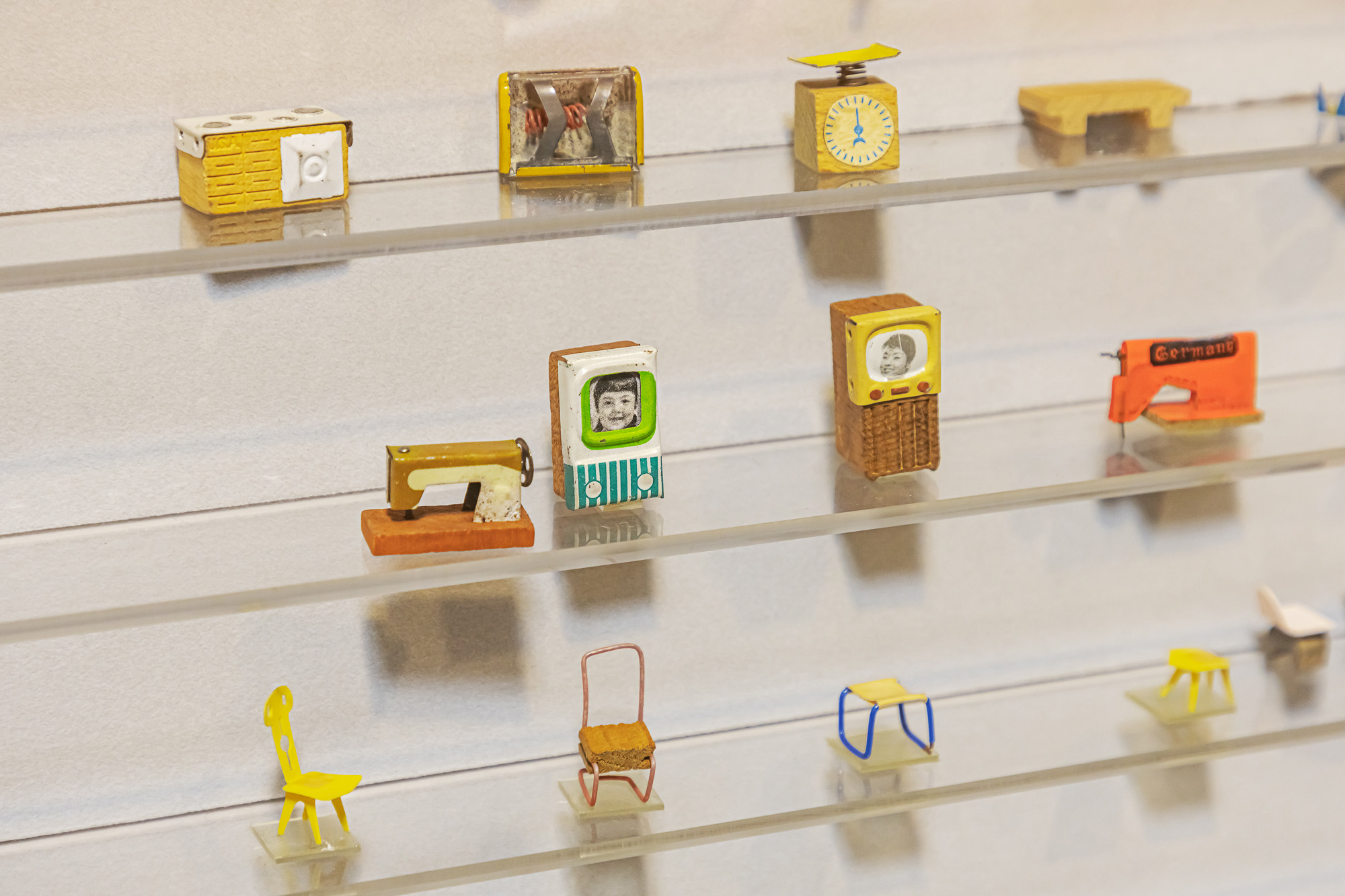
Speaking of Glico, it is indispensableToyswas born from the founder's belief that "eating and playing are the two greatest vocations for children."ToysThe most popular corner is the one with a wide selection of toys. They started out with the paper picture cards that were released in 1921 (Taisho 10), then changed to miniature home appliances during the period of rapid economic growth, toys for boys and girls in the late 1960s, wooden toys around 2000, and now toys that can be played with by combining them with scrap materials from around the house. The materials and types of toys give you a glimpse into the historical background of each era.

- Esaki Memorial Hall
-
 https://www.glico.com/jp/enjoy/experience/ezakikinenkan/
https://www.glico.com/jp/enjoy/experience/ezakikinenkan/ 4-6-5 Utashima, Nishiyodogawa-ku, Osaka City, Osaka Prefecture MAP
4-6-5 Utashima, Nishiyodogawa-ku, Osaka City, Osaka Prefecture MAP
 Approximately 16 minutes on foot from JR Tsukamoto Station, or approximately 18 minutes on foot from Mibeshima Station
Approximately 16 minutes on foot from JR Tsukamoto Station, or approximately 18 minutes on foot from Mibeshima Station Weekdays and the 1st and 3rd Saturdays: 10:00, 11:30, 13:00, 14:30
Weekdays and the 1st and 3rd Saturdays: 10:00, 11:30, 13:00, 14:30 Saturdays and Sundays other than the 1st and 3rd Saturdays of the month, national holidays, summer holidays, and other special days. *Please check the official website for reservations as there may be special openings.
Saturdays and Sundays other than the 1st and 3rd Saturdays of the month, national holidays, summer holidays, and other special days. *Please check the official website for reservations as there may be special openings. Admission is free
Admission is free 06-6477-8257(平日の10:00~12:00、14:00~16:00、休館日を除く)
06-6477-8257(平日の10:00~12:00、14:00~16:00、休館日を除く) free
free Advance reservations are required (same-day reservations not accepted), please check the Esaki Memorial Museum's official website for details.
Advance reservations are required (same-day reservations not accepted), please check the Esaki Memorial Museum's official website for details.
5Nakanoshima Museum of Art, Osaka
A wide variety of exhibitions are held, focusing on modern and contemporary art and design works.
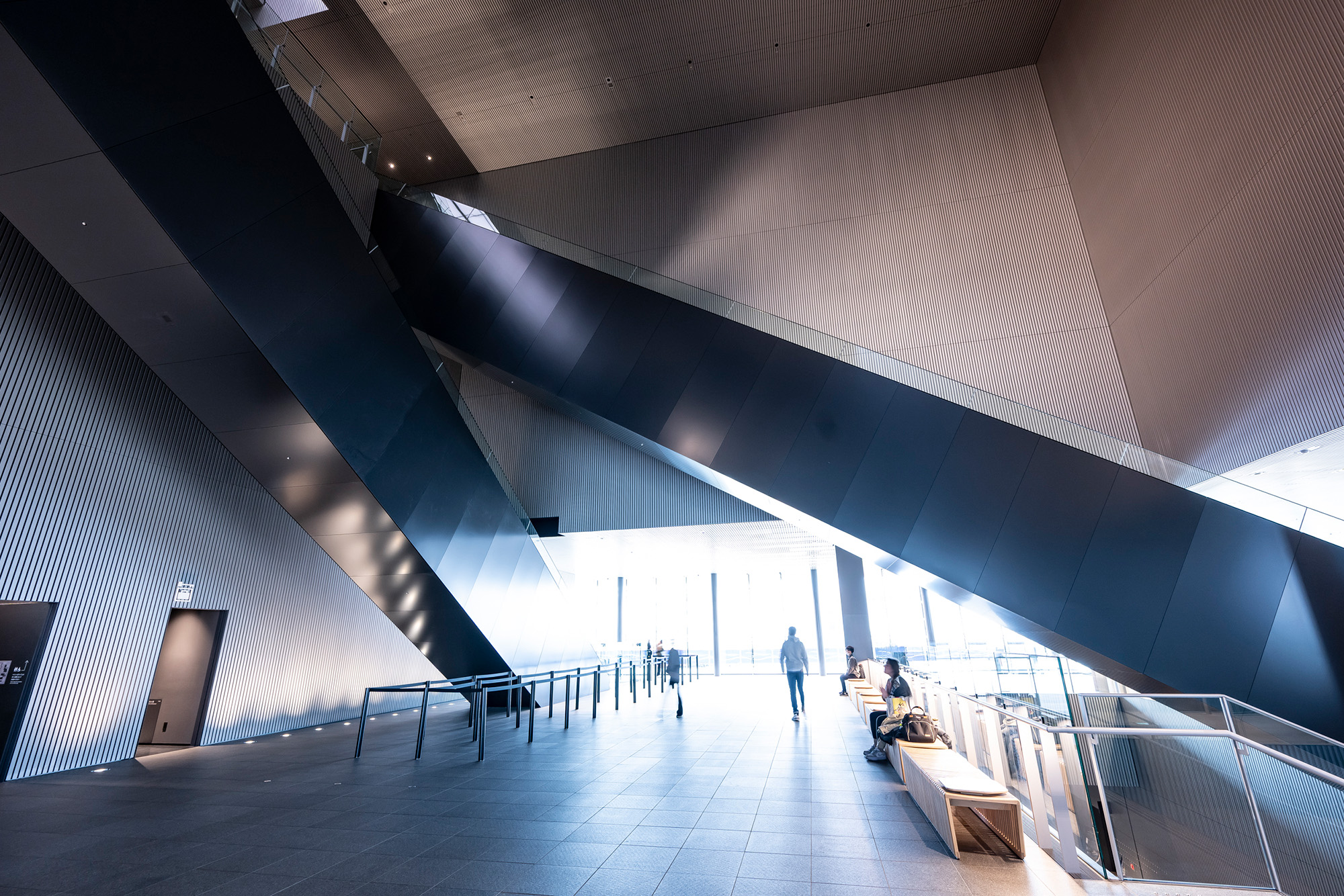
After 30 years of preparation, the Nakanoshima area, symbolizing the water city of Osaka, will open in 2022.Opened museumsArt and design from the late 19th century to the presentthe workThe museum specializes in and has a collection of over 6,000 pieces by artists with ties to Osaka, including Yuzo Saeki and Modigliani.
We hold approximately eight special exhibitions a year covering a wide range of topics, including Japanese painting and contemporary art.Feel closer to art,Five sculptures(Permanent exhibit) is also not to be missed. Light pours in from the atrium.pour1st and 2nd floorPassageis open as a place of relaxation.
A must-see for fans: two sculptures by Kenji Yanobe on permanent display
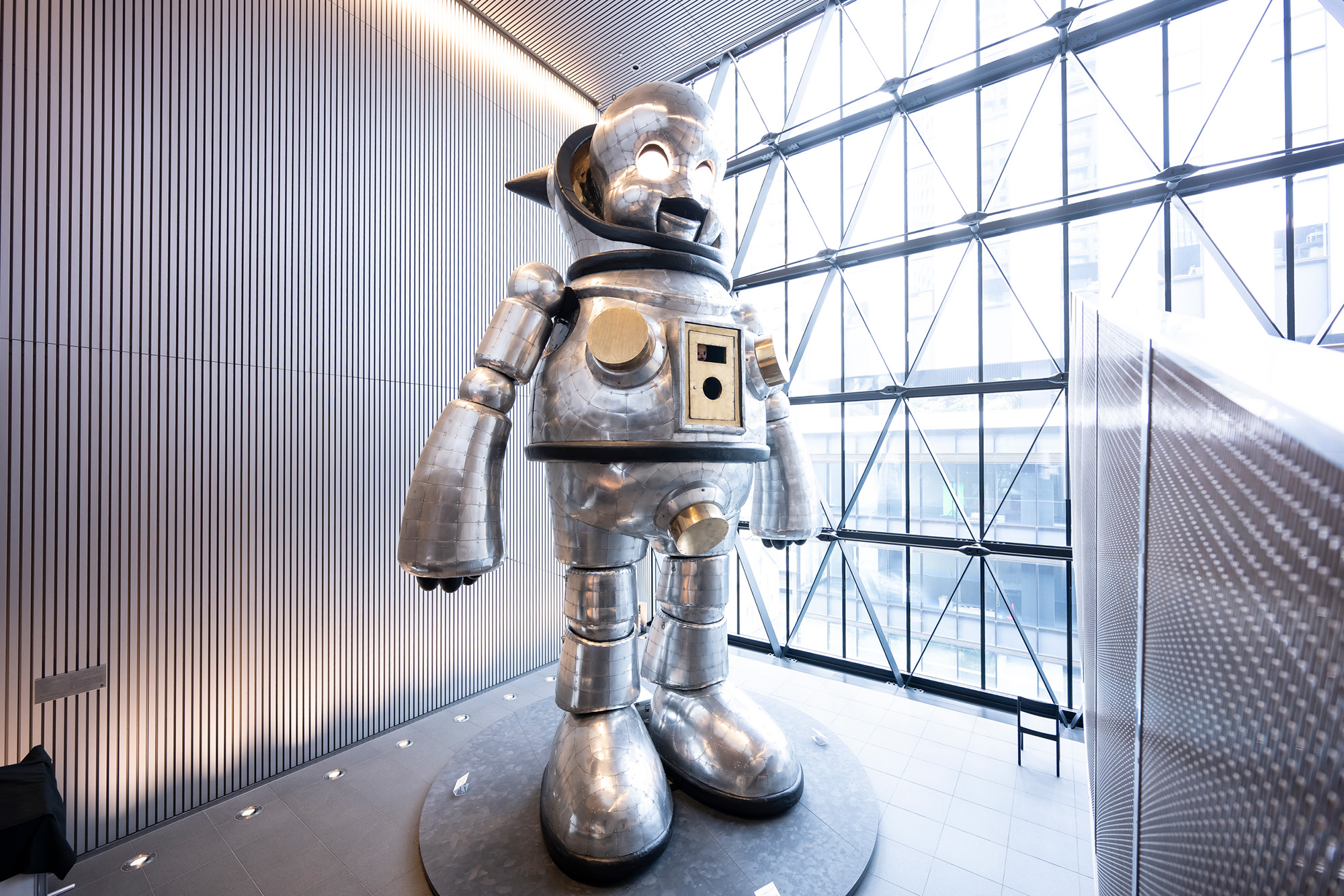
The highlights are two works by Kenji Yanobe, a contemporary artist from Osaka.SculptureWorks. 4th floorPassage of"Giant Torayan," which sits inside the museum, is a 7.2m-long giant robot sculpture modeled after the character from his signature work, "Mini Atom Suit." The cat sculpture "SHIP'S CAT (Muse)," which is exhibited outdoors, is the museum's symbol, watching over the people who come and go.
On the first floor of the museum, there is an exhibition of "Bowler" by British sculptor Barry Flanagan. It is a work of art in which a hare is playing a cricket pitcher, and many people imitate the pose and take photos with it.

- Nakanoshima Museum of Art, Osaka
-
 https://nakka-art.jp
https://nakka-art.jp 4-3-1 Nakanoshima, Kita-ku, Osaka City, Osaka Prefecture MAP
4-3-1 Nakanoshima, Kita-ku, Osaka City, Osaka Prefecture MAP
 Approximately 5 minutes on foot from Watanabebashi Station on the Keihan Nakanoshima Line, or approximately 10 minutes on foot from Osaka Metro Higobashi Station, JR Fukushima Station, Shin-Fukushima Station, or Hanshin Fukushima Station
Approximately 5 minutes on foot from Watanabebashi Station on the Keihan Nakanoshima Line, or approximately 10 minutes on foot from Osaka Metro Higobashi Station, JR Fukushima Station, Shin-Fukushima Station, or Hanshin Fukushima Station 10:00-17:00 (last entry 16:30)
10:00-17:00 (last entry 16:30) Mondays (open on public holidays, closed the following weekday) *Varies by exhibition. Check the official website
Mondays (open on public holidays, closed the following weekday) *Varies by exhibition. Check the official website Varies by exhibition
Varies by exhibition 06-6479-0550(代表)
06-6479-0550(代表) None
None "SHIP'S CAT (Muse)" and "Bowler" are free to view. "Giant Torayan" can be viewed with the same ticket only during exhibitions on the 4th and 5th floors.
"SHIP'S CAT (Muse)" and "Bowler" are free to view. "Giant Torayan" can be viewed with the same ticket only during exhibitions on the 4th and 5th floors.
6Osaka Science Museum
Enjoy the world's best planetarium with live commentary from expert Staff/staff member
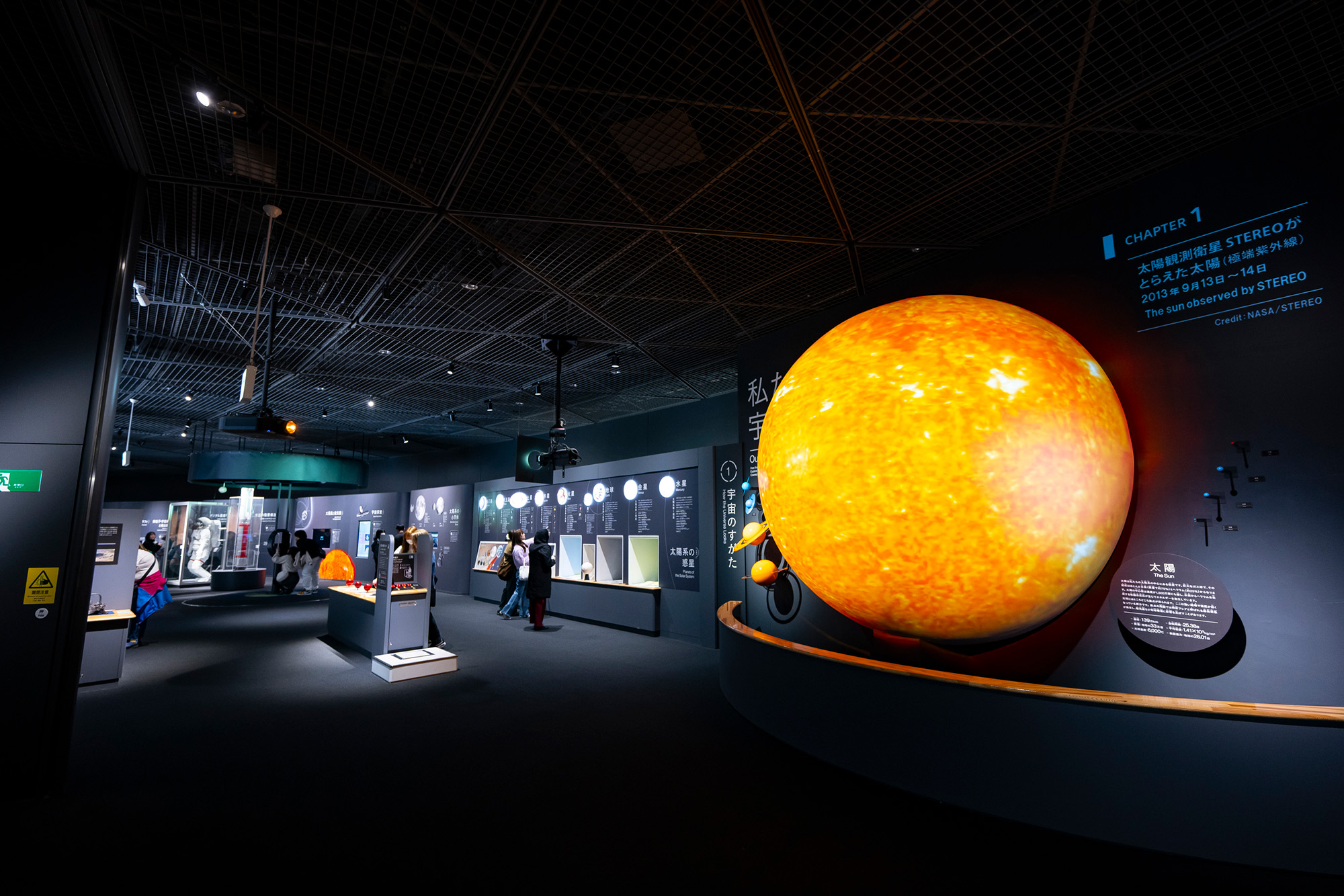
This science museum is the first in Japan, opened in 1937 (Showa 12), and is a successor to the Osaka Municipal Museum of Electrical Science, which was the first in the Orient to introduce a planetarium. It promotes the culture of enjoying science with the theme of "space and energy."cormorantThe show is highly rated, with images of beautiful, realistic starry skies and powerful scenes of the universe projected onto a 26.5m diameter dome screen. The live commentary by specialized Staff/staff member is also highly rated, and the show offers a wide variety of entertaining programs.The fourth floor exhibits include information on the mechanism behind the phases of the moon and star charts from about 350 years ago."Scientific Exploration"is also very popular.
Learning science is fun with real objects and tactile exhibits
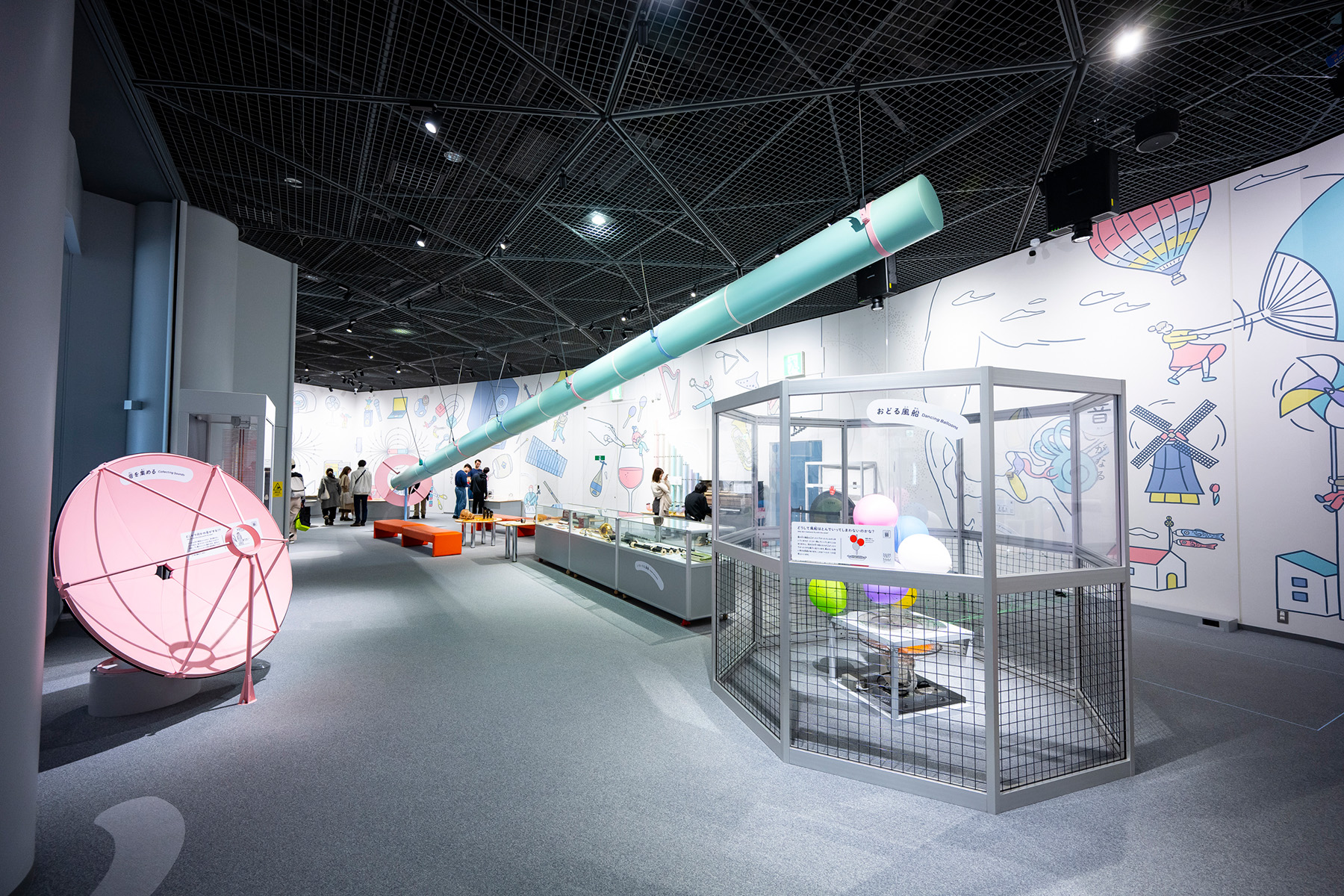
On the 1st to 4th floors, there are experimental equipment that you can touch and try out scientific principles and laws, as well as approximately 200 actual items such as jewels, gold, and silver on display.On the second floor, "Everyone can have fun"In "Science"、The ballRoll, in the mirrorContagious, the windwipe, soundBecomeThere is a device themed on the familiar phenomenon of things sticking to magnets.On the third floorThe science shows they hold are also very popular.4th floor"Osaka and Science" InAsada Goryu, a leader in Japanese astronomy in the late Edo period, and Gakutensoku, Asia's first robot, created in the early Showa period.Reproduction ofWe introduce some of the vibrant science-related activities in Osaka, such as:
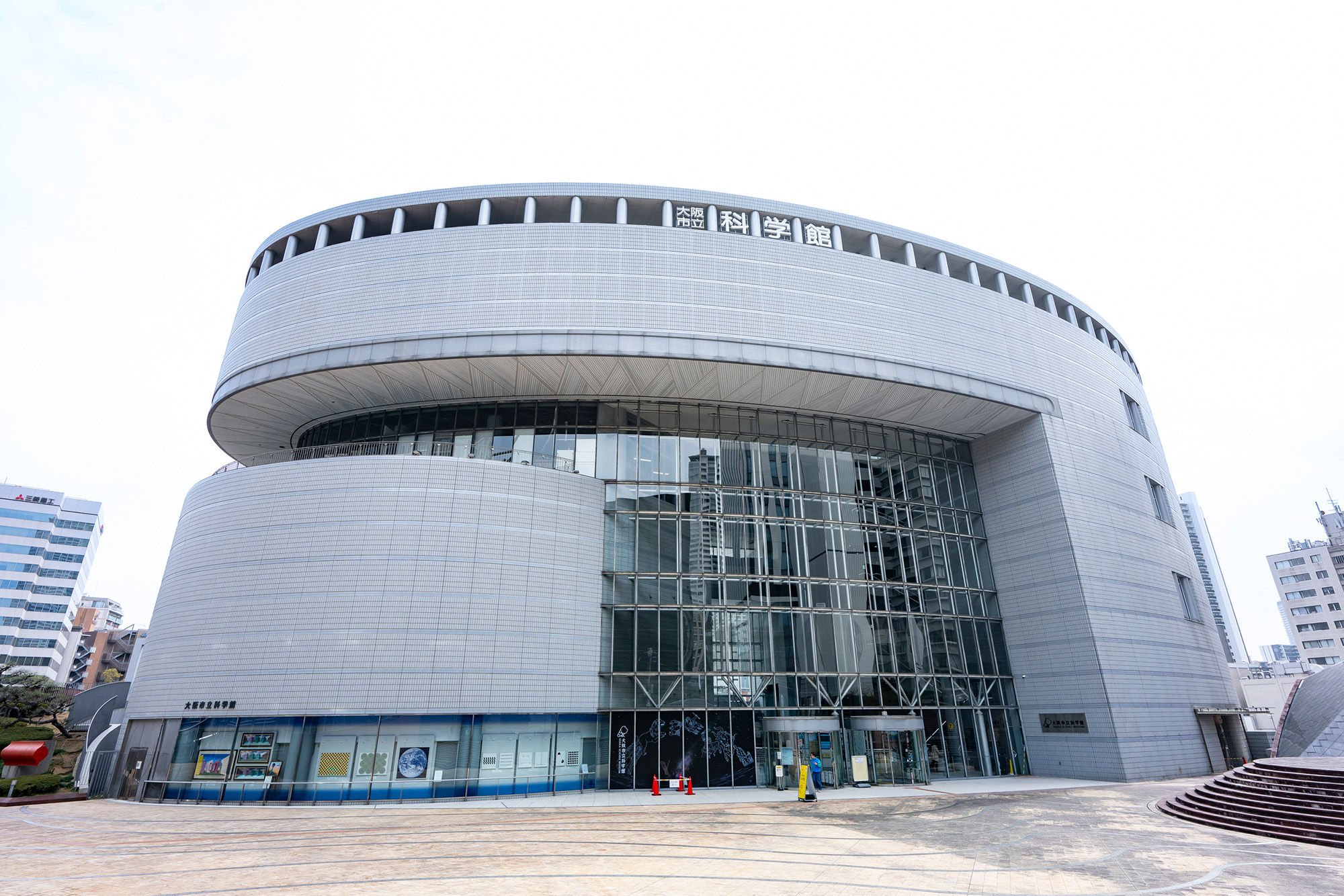
- Osaka Science Museum
-
 https://www.sci-museum.jp/
https://www.sci-museum.jp/ 4-2-1 Nakanoshima, Kita-ku, Osaka City, Osaka Prefecture MAP
4-2-1 Nakanoshima, Kita-ku, Osaka City, Osaka Prefecture MAP
 Approximately 6 minutes walk from Keihan Watanabebashi Station or Osaka Metro Higobashi Station
Approximately 6 minutes walk from Keihan Watanabebashi Station or Osaka Metro Higobashi Station 9:30-17:00 (last entry 16:30)
9:30-17:00 (last entry 16:30) Mondays (open on public holidays, closed the following weekday), closed for equipment inspections
Mondays (open on public holidays, closed the following weekday), closed for equipment inspections Exhibition hall: 400 yen for adults, 300 yen for high school and university students, free for junior high school students and younger
Exhibition hall: 400 yen for adults, 300 yen for high school and university students, free for junior high school students and younger
Planetarium: Adults 600 yen, high school and university students 450 yen, ages 3 to junior high school students 300 yen 06-6444-5656
06-6444-5656 200 yen for 15 minutes (maximum 500 yen for 2 hours during the day)
200 yen for 15 minutes (maximum 500 yen for 2 hours during the day) We recommend that you come by public transportation as priority is given to reserved group buses for Parking
We recommend that you come by public transportation as priority is given to reserved group buses for Parking
Osaka Minami (Shinsaibashi, Dotonbori, Namba, Shin-Imamiya area)
7Osaka Municipal Museum of Fine Arts
A beautiful, historic museum with plenty of free rest areas and cafes

Located in Tennoji Park, this historic art museum opened in 1936 (Showa 11). It has undergone its first major renovation since its opening, and will reopen in March 2025. There are many free zones, such as the central hall and the Jaorium, which is open as a rest area, and the museum is open about 300 days a year, making it an easy Property to visit even for reasons other than art appreciation. There is also no admission fee to use the elegant cafe ENFUSE Osaka, which makes use of the high ceilings and white space that were there when the museum first opened.
The carefully selected lighting and glass cases make the exhibits even more beautiful.
 大阪市立美術館蔵-scaled.jpg)
The lighting and glass cases are carefully designed to make the exhibits look beautiful, and the second floor is equipped with one of the largest glass cases in Japan, measuring 5.5 meters in height. The museum mainly holds planned exhibitions and special exhibitions, and the first floor has about 100,000 exhibits, including paintings, sculptures, and crafts from Japan and China, including national treasures and important cultural properties.8,700 resultsofMuseum CollectionFrom these works, artworks are selected and exhibited according to a theme that changes each time. The special exhibition on the second floor displays art from a wide range of genres, including Japanese, Eastern, and Western works, four to five times a year.heldwill be done.
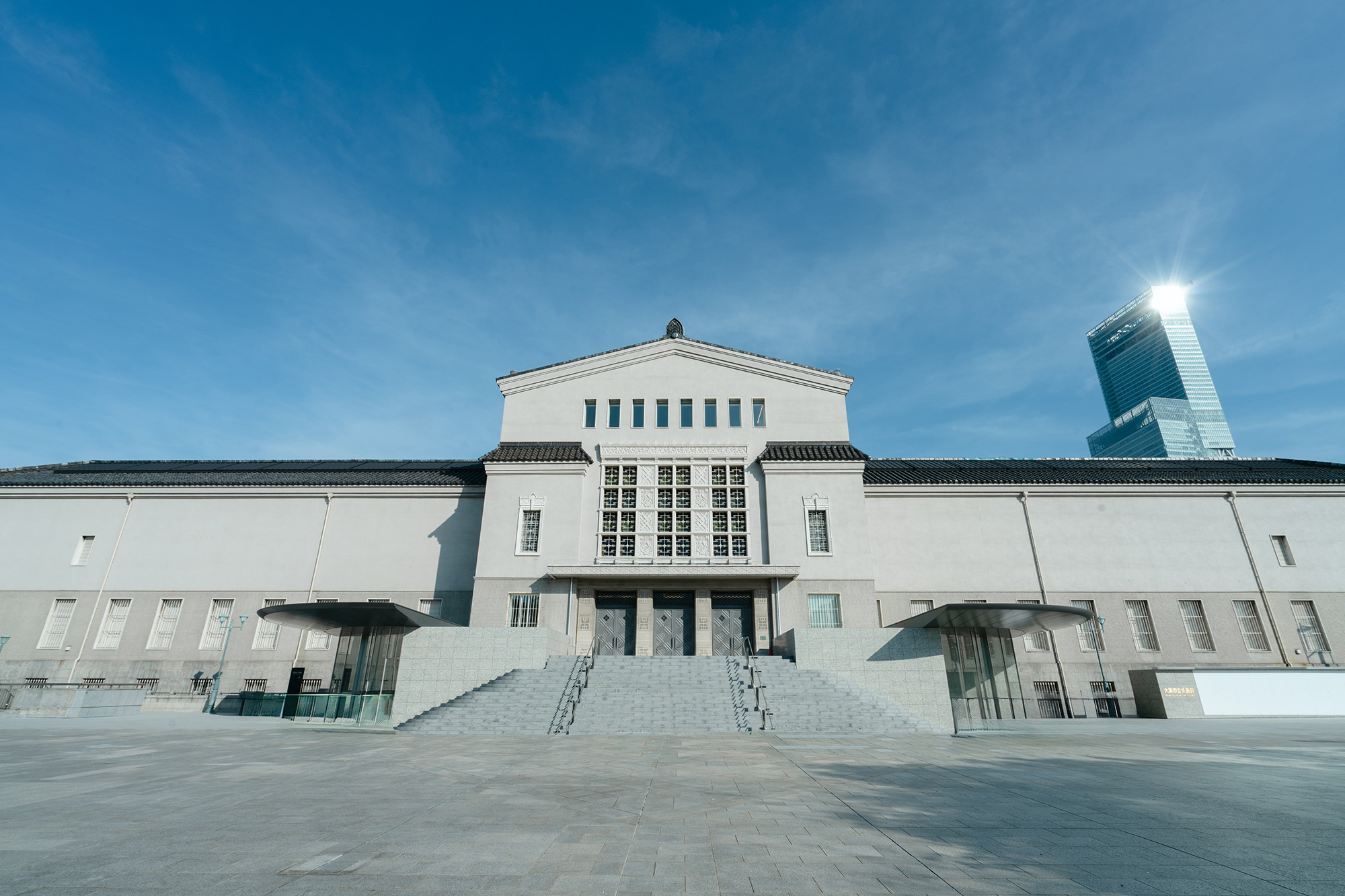
- Osaka Municipal Museum of Fine Arts
-
 https://www.osaka-art-museum.jp
https://www.osaka-art-museum.jp 1-82 Chausuyamacho, Tennoji-ku, Osaka City, Osaka Prefecture (inside Tennoji Park) MAP
1-82 Chausuyamacho, Tennoji-ku, Osaka City, Osaka Prefecture (inside Tennoji Park) MAP
 Approximately 10 minutes on foot from Osaka Metro Tennoji Station, or approximately 10 minutes on foot from JR Tennoji Station
Approximately 10 minutes on foot from Osaka Metro Tennoji Station, or approximately 10 minutes on foot from JR Tennoji Station 9:30-17:00 (last entry 16:30)
9:30-17:00 (last entry 16:30) Mondays (open if Monday is a public holiday, closed the following weekday)
Mondays (open if Monday is a public holiday, closed the following weekday) Adults: 500 yen, high school and university students: 200 yen, junior high school students and younger: free
Adults: 500 yen, high school and university students: 200 yen, junior high school students and younger: free 06-6771-4874(総務課)
06-6771-4874(総務課) None
None A combined ticket for Keizaien is 600 yen for adults, 300 yen for high school and university students, and free for junior high school students and younger.
A combined ticket for Keizaien is 600 yen for adults, 300 yen for high school and university students, and free for junior high school students and younger.
MAP
- Hokusetsu (Toyonaka, Ikeda, Takatsuki) area
- Osaka Kita (Around Osaka, Umeda and Shin-Osaka)
- Osaka Minami (Shinsaibashi, Dotonbori, Namba, Shin-Imamiya area)
- Nearby Hoshino Resorts Property
.png)





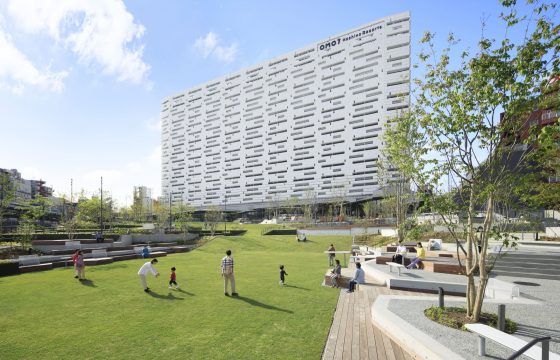
-560x360.jpg)
-560x360.jpg)